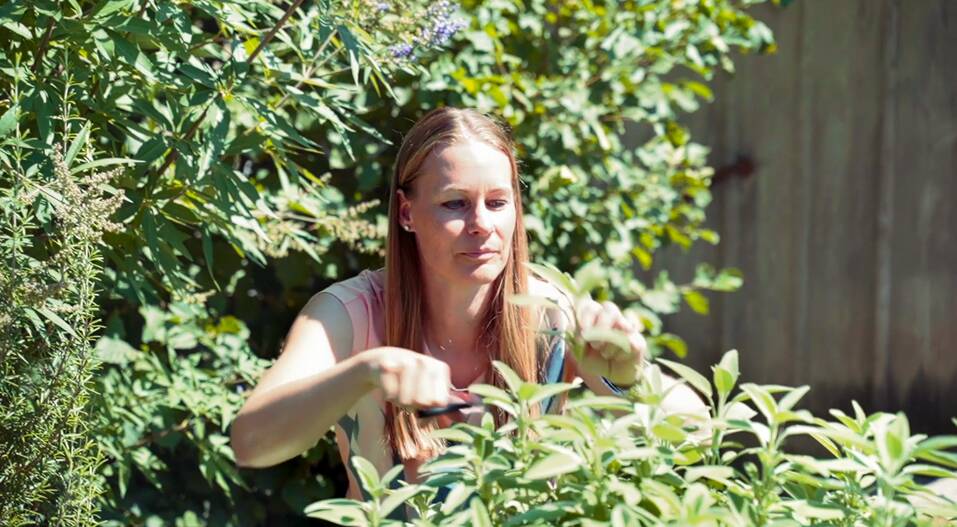Dragon fruit | What's that?

Meet a colourful new addition to our fruit baskets: the dragon fruit. Also known by its official name pitaya or pitahaya, it is a member of the cactus family. Dragon fruit not only looks exotic and decorative, but also has a deliciously sweet and refreshing taste when ripe.
What is more, its many vitamins and nutrients make it extremely healthy. These include vitamins B, C and E alongside iron, calcium and phosphorous. The flesh and seeds of the dragon fruit also contain proteolytic enzymes, which promote digestion.
The main component of pitaya is water. This means than 100 g of the fruit contains just 50 kcal or 210 kJ. Dragon fruit extract also has beneficial effects when applied externally, invigorating and refreshing the skin.
The climbing shrub originated in Central America, but is now commonly grown in Nicaragua, China, Vietnam, Thailand and Israel. The pitaya cactus only blooms for a single night, during which pollination must take place. The fruit then grows from the flowers and resembles a prickly pear. It can weigh up to 500 g and grow to a maximum of 15 cm long. It takes 20 years for the pitaya plant to produce fruit. Its unusual, prickly, scaly skin makes the pitaya look like something from a fantasy world – hence the name ‘dragon fruit’.
The pitaya skin is red or yellow. The colour and taste of the flesh varies between the different varieties of the plant, but it always has the same jelly-like texture. The closest comparison would be the flesh of a kiwi or a gooseberry. Red pitayas have flesh that is either red or white with small black seeds, which can be scooped straight out of the fruit like a kiwi.




